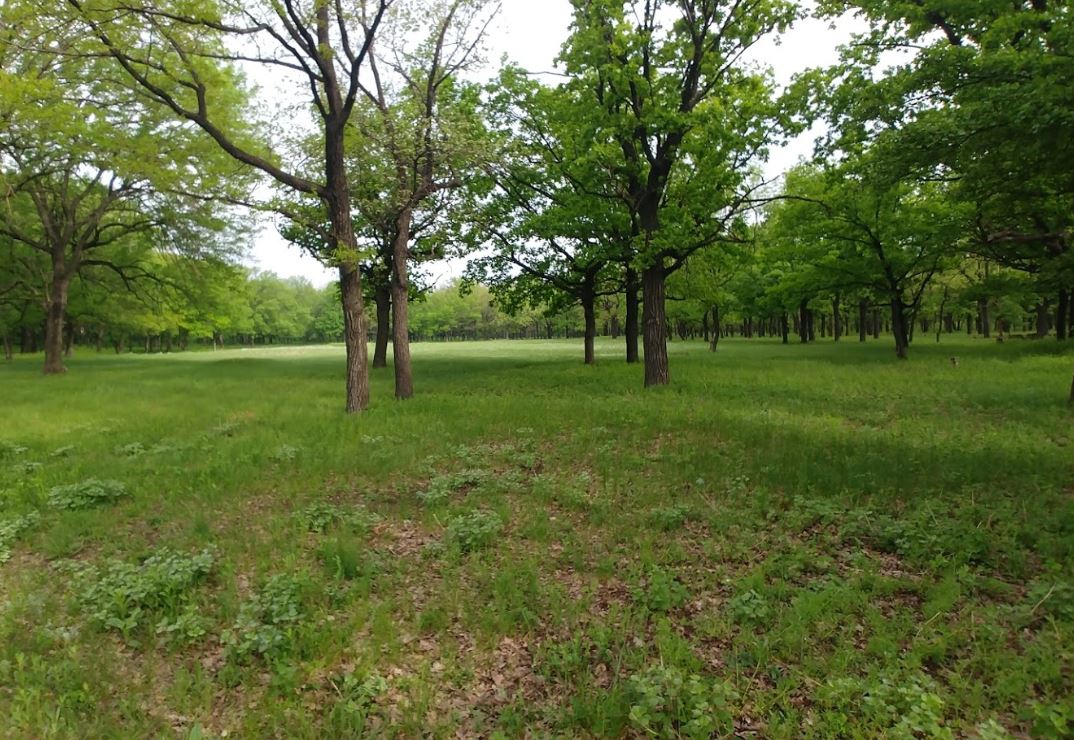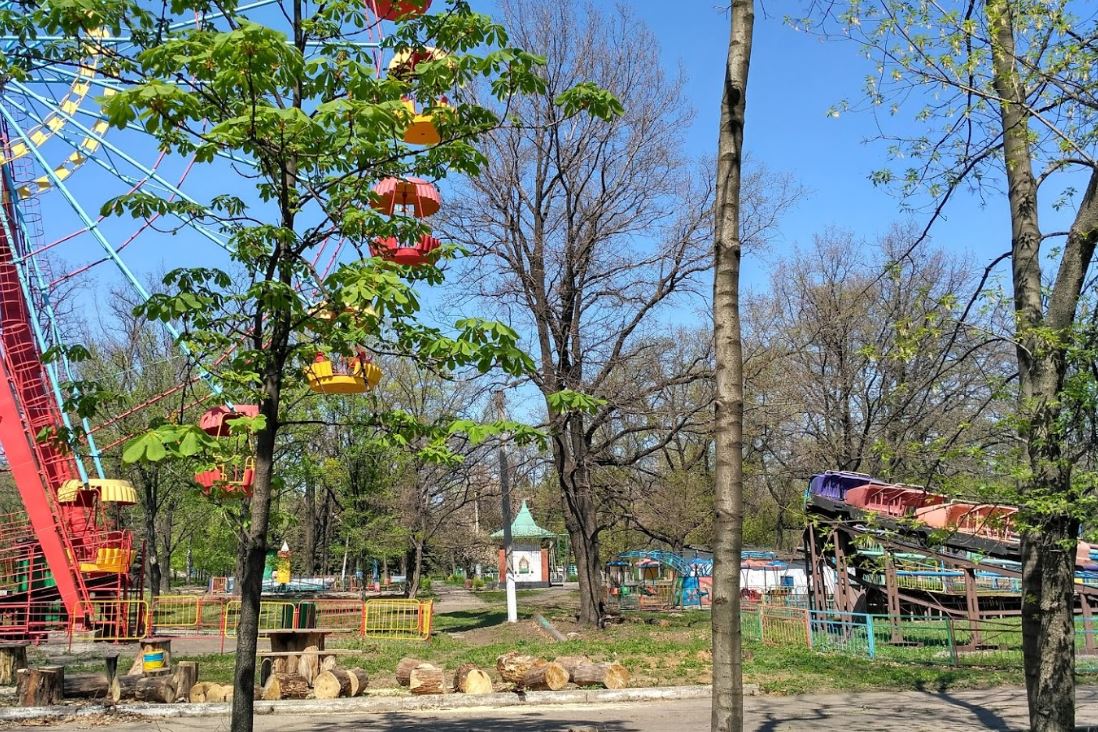In the nineteenth century, before the present entrance to the Garden of Culture, Belchensky Steele was feeding on the course of the Volka, which was flowing from the Voltsky Hills. Flowing from Pelchynsky Pond, a stream fell through the Paneysky Pond in the Forty River. On Pelchynsky Pond, a Empire-style military bath building is built. Here the nobility of the city marched, and in the winter they arranged a skating rink.
On September 14, 1845, a wonderful charitable show was held for the victims of the Poltva Flood. Before retreating in 1915, Belchinsky descended on the Russian army, after that he was not full of water and in 1921 he finally left asleep, paving the Belشينinskaya Street (present-day Vitovsky Street).
At the site of the current indoor Dynamo basin since the beginning of the twentieth century, it was the largest public ice skating rink in the Lviv Skating Society with electric lighting running in winter and tennis courts in summer. From here, from tennis courts to the Cadet School, the Belchen Little Park (10 hectares), which actually occupied that part of the current park, ran between the central alley and the street. Field heroes. At the top of the park from the street. Maidan heroes along the street. Striyskoho Street. Lizhverskaya was razed in the 1920s by a severely abandoned ancient cemetery of Streg, which was finally eliminated in the process of building a cultural garden. In the valley, on the street. Zaritskikh contained abandoned mud.
Recreation park projects in Lviv
With the annexation of western Ukraine in the Soviet Union, the new government set the task of "transforming the current environment of the city of Lviv into a Soviet form." One of the hallmarks of Lviv's "Socialism" was the absence of a Soviet-style work and leisure park. An example of these gardens was the garden of culture and entertainment for them. M. Gorky in Moscow.
In 1940, after a long discussion in Lviv, a decision was made to locate an amusement park in Pogulanka Park. An area of 100 hectares was planned for the park. The park envisioned setting up a music pool, dance floor, small-caliber weapons shooting range for 50 shooting locations, a 5,000-seat summer theater, a 100-seat restaurant and numerous fountains. The project was not implemented due to the start of the Soviet-German War in 1941-1945.
The master plan for the film Post-War Reconstruction of Lviv (1946) envisioned the creation of a cultural park in Pogulianka, but architects Heinrich Shevtsky-Vinnytsky and Stanislav Sokolov prepared the proposal to create a cultural park at the current location - between Stryi Street and then Dnjetsky Street.
Under this proposal, a 25-hectare Baroque garden is planned.
x
T
R
F
I
H
I
We have 16614 Parks Now ... The First and largest platform for green public parks
Парк культури і відпочинку ім. Вознесенського
Парк культури і відпочинку ім. Вознесенського
Yenakijeve, Donetsk Oblast, Ukraine, 86400
About Park
-
Preview
At the top of the park is the Glory MemorialImportant Information
-
Park Area
250000.00 SQM -
Foundation Date
1/1/1984
-
Intertainment Elements
Sports
Sitting places
Entertainment
Trips
Small amusement area
-
Main Elements
- Cleanliness
- Green areas
- Open spaces
- Open paths for walking




